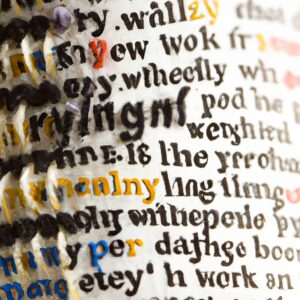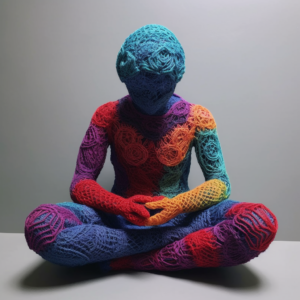
Autism Spectrum Disorder (ASD) is a complex neurological condition characterized by various signs and symptoms that affect social interaction, communication, and behavior. Understanding the diverse ways in which ASD signs and symptoms can manifest is crucial for recognizing and diagnosing autism. Although autism is typically associated with certain stereotypical symptoms, such as difficulty with social interaction and repetitive behaviors, the reality is that ASD signs and symptoms are highly variable and can present in many different ways.
For many people with autism, the journey to diagnosis can be long and confusing, as they may experience a wide range of unexpected symptoms that can be difficult to understand and explain. This article aims to shed light on some of the lesser-known symptoms of autism that individuals may experience, and provide insight into the complexities of this condition.
13 ASD Signs and Symptoms
- Difficulty with social interaction
This can include difficulty with initiating and maintaining conversations, difficulty understanding social cues, and difficulty with nonverbal communication. - Difficulty with communication
This can include difficulty with verbal or nonverbal expression of thoughts and emotions, difficulty understanding idiomatic expressions or figurative language, and difficulty with conversation skills such as taking turns or understanding the topic of conversation. - Repetitive or restrictive behaviors
This can include a need for sameness and routine, difficulty with changes in routine, intense interests in specific topics, repetitive movements or self-stimulatory behaviors, and difficulty with transitions or changes in the environment. - Sensory processing difficulties
This can include heightened or decreased sensitivity to certain sensory inputs, such as sound, light, or touch, difficulty filtering out background noise or distractions, and difficulty with fine motor skills. - Executive dysfunction
This can include difficulty with planning, organization, and completing tasks, difficulty with time management, and difficulty with decision-making. - Anxiety and depression
Many individuals with autism may also experience symptoms of anxiety and depression, such as feelings of sadness, hopelessness, and worry. - Cognitive difficulties
Some people with autism may experience cognitive difficulties such as difficulty with memory, attention, and problem-solving. - Difficulty with self-care
Individuals with autism may have difficulty with self-care, such as hygiene and grooming, or difficulty with daily living skills such as cooking and cleaning. - Odd movements or mannerisms
Some individuals with autism may have unique movements or mannerisms, such as flapping their hands or rocking back and forth. - Physical difficulties
Some individuals with autism may have physical difficulties such as coordination issues, muscle weakness, or sensory processing difficulties. - Mood swings or emotional dysregulation
Individuals with autism may have difficulty understanding and regulating their emotions, resulting in sudden changes in mood or intense emotional reactions. - Unique interests
Many individuals with autism may have unique interests that they pursue with great intensity, and they may have difficulty understanding or engaging with other people’s interests. - Difficulty with attention and focus
Some individuals with autism may have difficulty with attention and focus, which can make it difficult to complete tasks or engage in conversation.
It’s important to note that everyone with autism is different, and every person with autism has unique experiences, challenges, and strengths. Some people with autism may not experience all of these symptoms, while others may experience different symptoms. If you or someone you know is experiencing any of these symptoms, it may be beneficial to consult with a qualified professional such as a developmental pediatrician, a psychologist, or a neurologist for a complete evaluation and diagnosis.
We hope this article has shed light on the complexities of ASD signs and symptoms and provided valuable insight into the unique experiences of individuals with autism. Have you or a loved one experienced any of these symptoms? We invite you to share your thoughts and experiences in the comments below.
If you found this article helpful, please consider sharing it with others who may benefit from this information. Together, we can continue to learn and support those on the autism spectrum.
Similar Articles

Autism Terms and Definitions: Understanding Autism Spectrum Disorder(ASD)
Understanding key autism terms and definitions is crucial for anyone who wants to support those on the spectrum. Learn common autism terms and definitions.

Autism and Time Perception: Understanding the Time Warp
One of the most fascinating and unique aspects of autism is the way that many individuals on the spectrum perceive time. Autism and time perception

ASD Diagnosis in Adulthood: Understanding the Unexpected Realities
Autism Spectrum Disorder (ASD) is a neurodevelopmental condition that affects social interaction, communication, and behavior. Although autism is typically diagnosed in childhood, many individuals with









